Top 9 Songs of Spring
With the arrival of Spring, we will look at some of the great rock songs that explicitly mention or implicitly conjure images of Springtime. We countdown this subjective list from #9 to […]
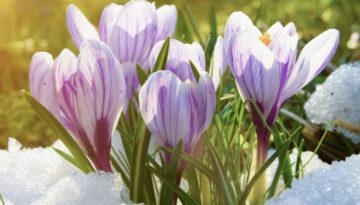
With the arrival of Spring, we will look at some of the great rock songs that explicitly mention or implicitly conjure images of Springtime. We countdown this subjective list from #9 to […]
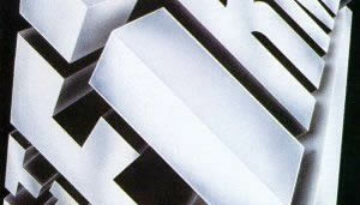
Buy The Firm There was much anticipation ahead of the release of The Firm’s debut album. This “super group”, anchored by former Swan Song label mates Jimmy Page of Led Zeppelin and Paul […]
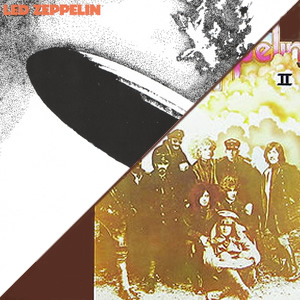
Buy Led Zeppelin I Buy Led Zeppelin II While there have been many fine debuts in rock history, it can be argued that no band ever made such a game-changing splash than Led […]
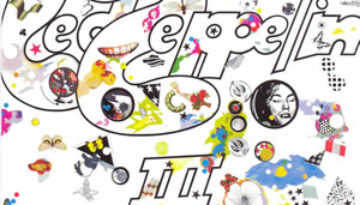
Buy Led Zeppelin III Led Zeppelin III is a classic album from Led Zeppelin. Composed largely at a remote cottage in Wales which lacked any modern amenities, the band found a pastoral vibe […]
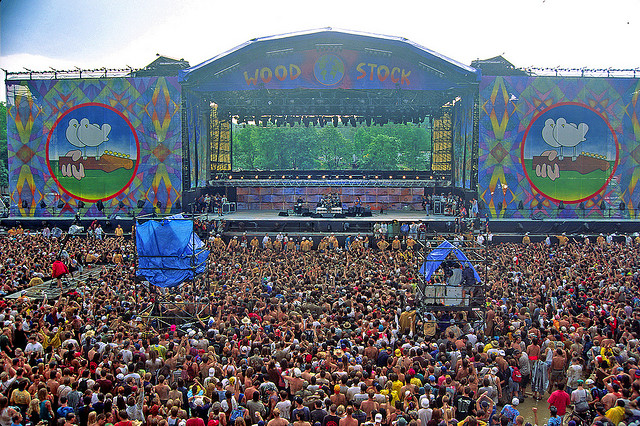
Through the long history of rock and roll, there have been impressive second acts. We’ve spoken about such comebacks during some of our late 1980s reviews, most prominently the full re-ascent of the […]
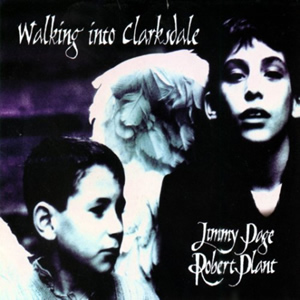
Buy Walking Into Clarksdale Nearly two decades after they recorded the final Led Zeppelin studio album with 1979’s In Through the Out Door, guitarist Jimmy Page and vocalist Robert Plant collaborated on an […]

Buy Truth There probably has never a debut album like Jeff Beck‘s 1968 solo debut, Truth. This album, of unique interpretations of diverse covers, introduced the talents of future superstar Rod Stewart on […]
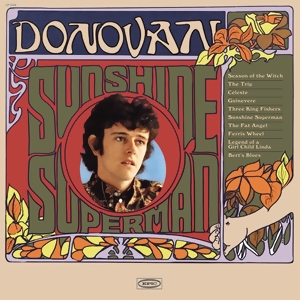
Buy Sunshine Superman English folk singer Donovan found a new voice with his eclectic and slightly psychedelic third album, Sunshine Superman. Originally released in the US in September 1966, the album would not […]
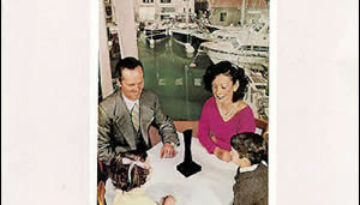
Buy Presence In late 1975, Led Zeppelin had planned a world tour to capitalize of the phenomenal success of their latest album Physical Graffiti. The band was at the absolute zenith of their […]
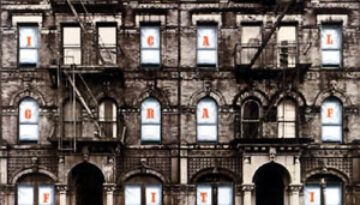
Buy Physical Graffiti Today we cover an album that epitomizes everything that is great about classic rock. Through their dozen years as a band, Led Zeppelin released eight studio albums, all of which were […]